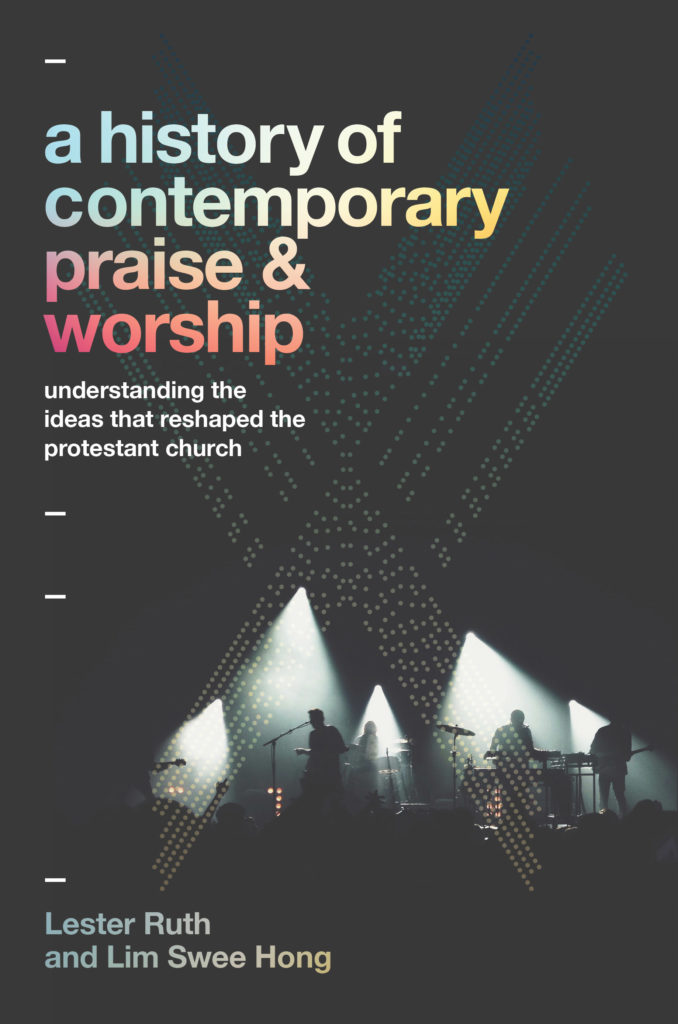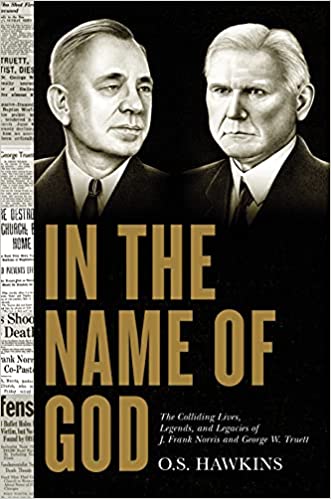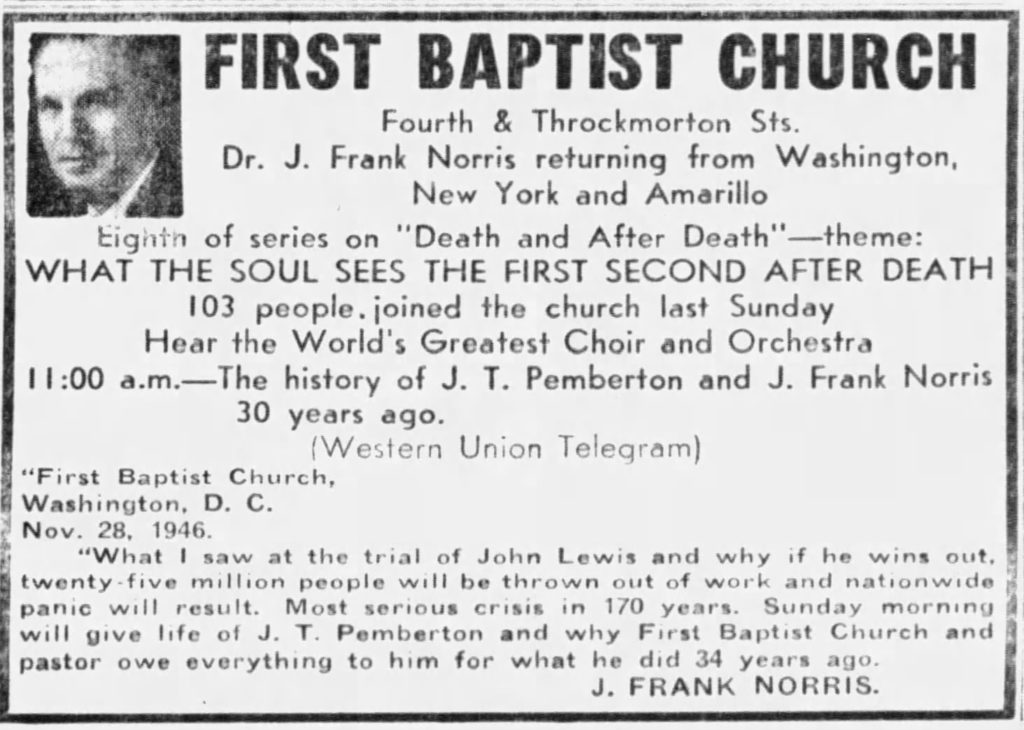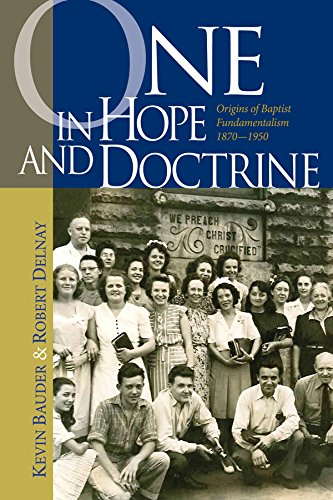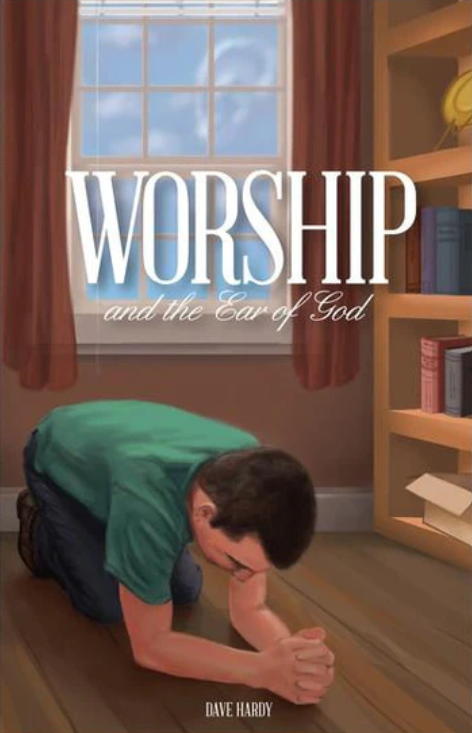
Rarely do I read a book and immediately feel the need to review it. That is just what has happened as I finished “Worship and the Ear of God” by Dave Hardy, published in 2017 by The Global Baptist Times. The book is quick read at 87 total pages, 70 of which are to be read (the body and first appendix).
As I have been studying on worship during the past couple of years, I have been saddened that not very many books on the subject are written by Independent Baptists or even conservatives for that matter. I had heard mention of Bro. Hardy but had not taken the opportunity to buy and read his book until now. I hoped it may finally be a book from someone of my stripe that addressed worship in a meaningful way.
I was disappointed to say the least.
The major flaw of Bro. Hardy’s book is its fundamental premise: that worship and physically bowing are intrinsically connected. That overemphasis on a physical expression of worship influences every chapter and every argument made.
Much of Bro. Hardy’s vigor comes from the Greek and Hebrew words and their definitions. He is correct in highlighting the bowing aspect in both shachah and proskeneo. I cannot think of another author though that so stringently applies to us today the idea of bowing to the physical. Every author or resource I can recall highlights the idea of bowing as humbling oneself before God. The common approach is similar to the way we handle the ceremonial and sacrificial laws; that is, that we are not literally bound to obey them but there are principles we can learn from them.
I was taught that if you come up with an idea that no one else has had, be very careful. But I wanted to give this author the benefit of the doubt and see if he could back up this position. The entire book hangs on the assumption that to worship we need to physically bow. If that argument fails, the rest of the book has not foundation.
Yet, the argument fails.
First, the no clear argument is made for physical bowing outside of the Greek and Hebrew definitions. On p. 17: “Since the idea of bowing is inherent in the translation of the word worship, there should be no need for additional encouragement.” This fails to understand that one of the basic tenets of language is words can have ideas, pictures, or actions attached to them that are literally part of their meaning. The word qavah in Isaiah 40:31 is translated and understood to mean “wait”, yet Strong’s definition is: “to bind together (perhaps by twisting), that is, collect; (figuratively) to expect: – gather (together), look, patiently, tarry, wait (for, on, upon).” To follow the author’s logic, we should be twisting threads and winding rope as we wait on God, and if we are not twisting and winding we must not be truly waiting.
Why settle on bowing? He mentions being prostrate a few times, but wouldn’t that be better? What about the aspect of proskeneo that is related to a dog licking his master’s hand? Should we be licking in worship? How can we choose only one expression of these words?
Second, it is simply assumed the argument is correct. On p. 11: “The fact that so few Christians kneel in worship on Sunday during a service labeled as such suggest a lack of understanding of the primary application of the word.”
Third, the author continually undermines his own argument. On p. 15, he gives the Strong’s definition of proskeneo as “to kiss, like a dog licking his master’s hand; to fawn or crouch to; to literally or figuratively prostrate oneself in homage; to do reverence to; to adore.” [emphasis added]. This definition contradicts his assertion by acknowledging a figurative bowing/humbling is possible.
On p. 27: “I have heard a pastor or song leader say, ‘Let us worship the Lord in song, in our giving, in our praise, and in our prayers.’ I have no problem with worshipping the Lord in any or all of these ways…” This acknowledges there are many ways to worship besides bowing.
Fourth, the author acknowledges the novelty of his own approach: On p. 17, “Nevertheless, I confess to placing a greater emphasis on the physical act of bowing than most I have read so far.”
Fifth, the author states that worship is more than physically bowing, yet continues to focus on that aspect. On p. 17: “I have previously stated that I clearly understand that worship involves more than bowing the knee…”
Sixth, the author argues from the Bible’s silence to support his position. On p. 17: “…but I fail to see good reason in the Bible not to bow the knee.”
Seventh, the author does not consistently apply his approach to words other than worship. On p. 22: “The physical posture for praise is not as specifically articulated as it is for worship.” A lot of charismatics would argue otherwise. He argues against a straw man on p. 27 that inconsistently does word studies on baptize and not worship. I and many others have done both and are consistent in our approaches.
Eighth, the author acknowledges worship still occurred without bowing. On p. 25: “Did we never worship the Lord all those Sundays for sixteen years? I am convinced that we did worship, but with less than full understanding. I am also convinced that our Heavenly Father accepted and reveled in our worship.” So what does the bowing do? (I’ll answer that later).
Ninth, the author inserts his beliefs into the silence of Scripture. On p. 31: “That vision hit Isaiah like a stroke, and as some commentators suggest, he groveled in the dust of his unworthiness.”
Tenth, the author inconsistently identifies the first mention of worship in Scripture. On p. 9, he acknowledges the first appearance of the Hebrew word shachah in Genesis 18:2. On p. 35 when speaking of the “Law of First Mention”, he acknowledges the first appearance of the English word worship in the KJV.
Eleventh, the author downplays the act of bowing when it is not convenient. On p. 40 describing his feelings while on a plane: “I cannot bow during those times, though I prefer to, but there is definitely a connection with my Maker.” You cannot claim its importance and apply it at convenience.
Twelfth, the author appeals to pragmatic results. On p. 43: “After preaching on worship at our church and incorporating it into the Sunday morning service, I began to notice an increase in the number of people coming to the altar during invitation time at the close of our service.” I would argue for a practical reason for this: you expected and encouraged physical reaction and it took form outside of bowing in worship.
Thirteenth, the author appeals to a flawed illustration. On p. 46-47, we have the illustration of aliens visiting earth and not thinking what most Baptists do is worship. To be honest, I have used a similar illustration in the past. However, there is no impartiality of the aliens in his version. He says: “We will further assume that they have acquainted themselves with our theological jargon, which would give them an understanding of worship. They know that the original words mean to bow before their sovereign – their king.” So, if the aliens believed as the author did, they too would assume the same as him that our worship is flawed. Also in that scenario, he appeals to the example of Islamic practices of bowing as closer to true worship than most Baptists churches. That comparison is fraught with issues.
Fourteenth, the author claims that England has a better understand of worship because they have a king and they bow to him. On p. 49: “The point is, the people of England, under King James and later, understood the term worship.” I think I know what he is getting at, that Americans typically treat leaders more as equals, but that intent is lost in the content. (A) Why start with James? They didn’t understand it before him? Could anyone before 1611? (B) Back on p. 10, the author argues that our understanding of worship in English is flawed because of the word’s etymology. Is that not true in England? Did worship have a different’ etymology in 1611?
Fifteenth, all of chapter thirteen, “Worship and Revival” is based on misappropriating II Chronicles 7:14 to us instead of Israel. I have commented on that before.
Worship and the of God suffers from the same problems that most books on worship have that are written by charismatics.
First, it offers some new and exciting take on old and tired worship that somehow Christianity missed for a couple of millennia.
Second, it equates worship with physical action, even if the author denies it.
Third, it relies on flawed Greek and Hebrew word studies.
Fourth, it promotes “experiential” worship and feeling over substance.
Fifth, it downplays other forms of worship. I would argue that singing a hymn, giving an offering, praying, and listening to a sermon can all be acts of worship.
Sixth, it begs the slippery slope comparison. I recognize the weakness of this argument, but once you go down the path of physically expressive worship where do you stop? On p. 62 he endorses raising hands in praise while discussing Nehemiah 8:6. My careful study of that verse leads me to believe the raised hands were as part of an oath, not praise. The correlation between raising of hands and praise is a charismatic development.
I can not recommend this book. The few good parts are not worth it. Independent Baptists both deserve and need a better treatment of worship that this.
